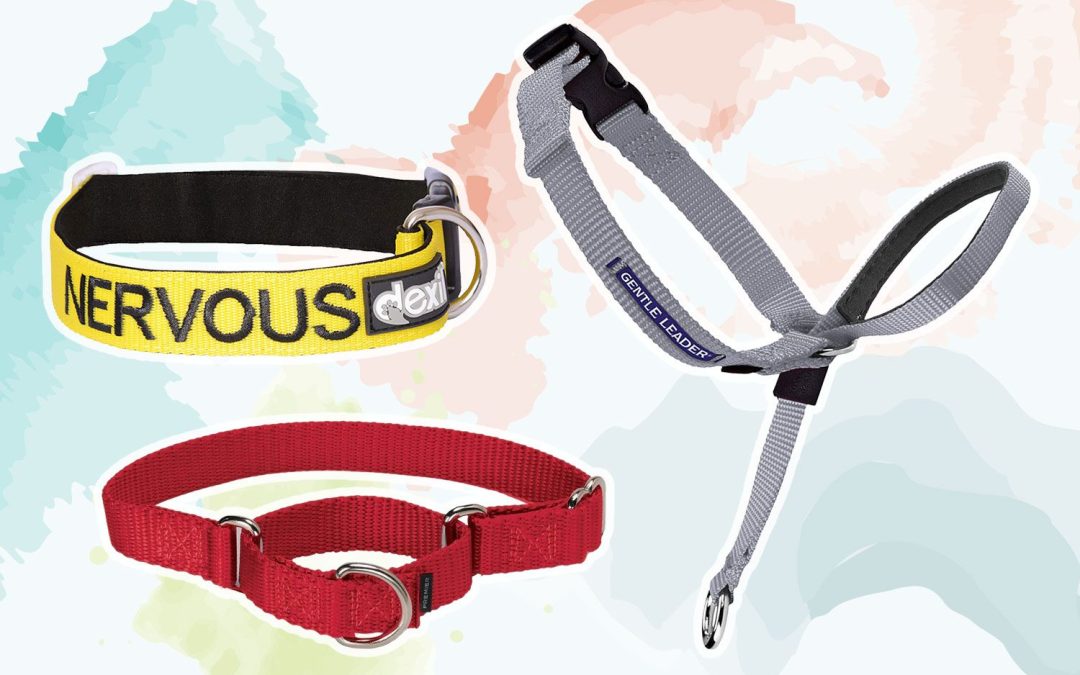The best collar type for dog training is a martingale collar or a front-clip harness. These options provide gentle control and prevent pulling during training sessions.
Choosing the right collar for dog training is essential for successful obedience lessons. Many dog owners opt for martingale collars or front-clip harnesses due to their gentle yet effective design. These collars provide the needed control to correct behavior without causing harm to the dog.
By using the appropriate collar, you can make training sessions more efficient and enjoyable for both you and your furry companion. Understanding the benefits of different collar types will help you select the best option that suits your training needs and promotes positive reinforcement techniques for your dog.

Credit: blog.tryfi.com
The Importance Of Choosing The Right Collar
Dog training success relies on choosing the best collar type for your furry friend. Different collars have varying impacts on training. Consider factors like training goals, dog’s temperament, and breed type before deciding. It’s important to select a collar that is comfortable and safe for your dog. A well-fitted collar is essential for effective training results and the overall well-being of your pet.
Different Types Of Dog Training Collars
Different types of dog training collars serve different purposes and it’s important to choose the right one for your furry friend. Flat buckle collars are the most commonly used and are great for everyday use, offering comfort and security. Martingale collars are designed to prevent dogs from slipping out of their collar and are popular for sighthounds. Prong or pinch collars can be effective for dogs that tend to pull, using pressure to discourage pulling behavior. Choke chain collars are similar but can be harsher, so they should be used with caution and under professional guidance.
Head halters are a humane alternative to controlling pulling, as they work by redirecting the dog’s attention when pressure is applied. Electronic or shock collars, though controversial, can be useful for certain training situations when used responsibly. It’s important to note that training collars should always be used under the guidance of a professional dog trainer to ensure safety and effectiveness.
Pros And Cons Of Each Collar Type
When considering dog training collars, it’s important to weigh the pros and cons of each type. For instance, a choke collar can be effective, yet potentially harmful if misused. On the other hand, a harness offers more control without harming the dog’s neck, but may not work for every situation.
| Collar Type | Effectiveness for Training | Impact on Dog’s Well-Being |
| Flat Collar | Effective for basic commands | Minimal impact on comfort |
| Martingale Collar | Prevents escape without choking | Safe for neck and suitable control |
| Prong Collar | Can offer quick corrections | Potential for discomfort and injury |
| Shock Collar | Instant feedback on behavior | Risk of fear and stress in dogs |
Choosing The Right Collar For Your Dog
The collar you choose for dog training should be based on your dog’s temperament and behavior. By assessing these factors, you can determine the best collar for your furry friend. Consulting with a professional trainer can also provide valuable insight and guidance in selecting the right collar. They can help assess your dog’s specific needs and recommend collar options that align with their training goals.
Additionally, it’s worth considering alternatives to traditional collars, such as harnesses or head halters. These alternatives can be gentler on your dog’s neck and may be more effective in certain training situations. Ultimately, the goal is to choose a collar that balances comfort, control, and effectiveness to ensure an enjoyable training experience for both you and your dog.
Training Techniques For Different Collar Types
Positive Reinforcement Methods: When training your dog, it’s important to use positive reinforcement techniques such as treats and praise to encourage good behavior. Positive reinforcement helps to build a strong bond between you and your dog, making the training process more enjoyable for both of you. It also helps your dog understand what behaviors are desirable and reinforces those behaviors. Utilizing positive reinforcement methods helps to create a positive learning environment for your dog, leading to better training outcomes.
Avoiding Misuse and Harm: It’s crucial to use training collars correctly to avoid causing harm to your dog. Always ensure that the collar fits properly and is not too tight, as this can lead to discomfort and injury. Additionally, avoid using the collar as a form of punishment, as this can result in fear and anxiety for your dog. Regularly check for any signs of irritation or discomfort and remove the collar if necessary. Proper usage of training collars is essential in ensuring your dog’s safety and well-being during training.

Credit: www.heavensentk-9.com
Addressing Common Misconceptions About Training Collars
When it comes to choosing a collar for dog training, it’s crucial to dispel myths about certain collar types. Misconceptions often lead to confusion and misinformation about what collar is best for training. Different collars serve different purposes, and it’s important to understand the benefits and limitations of each type.
By addressing common misconceptions about training collars, dog owners can make well-informed decisions and implement the most effective training techniques. Remember, the right collar is just one component of successful training; the approach and consistency play equally important roles in achieving desired behaviors from your dog.
Ensuring Safety And Effectiveness In Training Collar Use
To ensure safety and effectiveness in dog training collar use, it’s wise to opt for a positive reinforcement collar, such as a martingale or front-clip harness. These types of collars help to encourage good behavior without causing any harm to the dog.
| When choosing a training collar for your dog, ensure proper fitting and adjustment. |
| Regularly monitor and evaluate the collar to ensure safety and effectiveness in training. |
The Role Of Consistency And Patience In Training With Collars
Consistency and patience play vital roles in effective dog training using collars. Establishing clear communication with your dog is crucial for successful training outcomes. Consistent use of a chosen collar type helps to create a routine that your dog can easily understand, leading to better obedience. It allows your dog to associate specific behaviors with the corresponding correction or reinforcement.
Adapting training methods according to progress ensures that your dog continues to learn and improve. Starting with a basic collar and gradually transitioning to more advanced options can be beneficial for training purposes. It is important to recognize that every dog is unique, and different collar types may produce varying results.
Choosing the collar that best suits your dog and training goals is essential for effective training. By following these guidelines, you can establish a strong foundation for training your dog and strengthen the bond between you and your pet.

Credit: www.akc.org
Frequently Asked Questions
Is It Better To Train A Dog With A Collar Or Harness?
It is better to train a dog with a harness. It provides more control and decreases pulling. Collars can put pressure on the neck and cause discomfort.
Do Vets Recommend Training Collars?
Yes, many veterinarians recommend training collars as effective tools for teaching and reinforcing desired behaviors in dogs. These collars, when used properly and humanely, can be an important part of a comprehensive training program.
Will A Prong Collar Stop Pulling?
Yes, a prong collar can help stop pulling.
How Do I Choose A Dog Training Collar?
To choose a dog training collar, consider your dog’s size, behavior, and training needs. Opt for a collar with adjustable settings and ensure it fits comfortably. Look for features like vibration or sound options to aid in training. Research different types such as shock or spray collars to find the best fit.
Conclusion
Choose the right collar for your dog’s training needs to ensure effective communication and positive reinforcement. Consider your dog’s temperament, training goals, and comfort when making your decision. Remember that consistency and patience are key in any training method. Prioritize your dog’s well-being and build a strong bond through proper training techniques.

Hello, I’m Ethan Mitchell. My passion is dog training and behavior enthusiasts. With years of experience working with various breeds, my goal at Dog Advisor Pro is to help dog owners build strong, loving relationships with their furry friends through effective training techniques. Understanding a dog’s behavior is the key to harmonious companionship. I am dedicated to sharing practical training tips that improve the lives of dogs and their owners.


